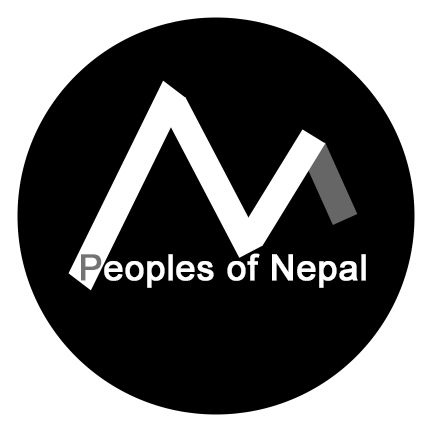Riverside Worship
Water. It’s essential for the life of all humans, but some cultures depend on it more than others. The Majhi people were traditionally fishermen and river ferries. As such, the river played an integral role in daily life. They caught enough fish to sell and ferried enough people across the river to purchase additional necessities. Yet, modernization has forced the Majhi people to adapt and drift from their traditional employment. Bridge engineering, dam construction, and water pollution have forced the Majhi people to abandon their traditional sources of living, but they have not forgotten the significance of their water source. The Majhi people’s commitment to rivers is perhaps most clear in the festivals they worship.
The Jakhan Puja is an annual festival celebrated by the Majhi people, and the Koshi River provides the backdrop for the celebration. The Jakhan Puja is dedicated to two main goddesses, Jakhani Devi and Seti Devi. Jakhani Devi is worshipped to provide rain for the village. Seti Devi is worshipped to protect the Majhi people from danger, specifically on the rivers where they traditionally fished and ferried. Since the occupations of the Majhi people have shifted away from the river, the worship of Seti Devi has waned, but their appreciation for the river has not.
The Jakhan Puja does not have a set date. Instead, individual villages will decide what day to celebrate during the month of Ashar. The Nepali government does not provide the Majhi with additional holy days to carry out their Jakhan Puja, but the entire village is still excited to celebrate.

On the village-designated Jakhan Puja day, Majhi people will visit a temple dedicated to the Jakhani Devi. At this temple, there are typical Hindu bells to signal the beginning and end of sacrifice along with trident symbols of Shiva. But specific to Jakhani Devi, there are stones placed in the temple that have been resting there for generations. Jakhani is believed to abide in these stones.
While the Jakhani Devi is worshipped all year through routine personal pujas, the celebration of Jakhan Puja begins with a special sacrifice. Prior to the sacrifice and celebration, money is collected from Majhi villagers and used to purchase one female virgin goat. In addition to the goat money offering, each Majhi family will also provide a chicken from their household as a sacrifice. On the morning of Jakhan Puja, the Priest can be found inside the temple. He wears white wrapped shorts and no shirt while sacrificing inside the temple. Around the outside of the temple, Majhi members will gather to watch the sacrifice of goat and chickens take place. The Majhi Priest will also allow five to seven older Majhi members join him inside the temple. These sacrifice supervisors can be male or female. After completing the sacrifice of the virgin goat and all the Majhi household chickens, the priest will exit the temple and put on a white shirt. At this point, the celebration of Jakhan Puja shifts from the temple to the riverside.
At the riverside, all villagers are welcome, even if they are not Majhi. Here, the sacrifices of goat and chicken are cooked by men or women. The people of the village eat together and celebrate with music and dancing. This was the part of the Jakhan Puja that caught my attention most. As we were in the Majhi-dominant village of Mugitar, I was struck by the inclusivity of the Majhi people. After only walking around the village for one day, we were invited to return the next day to join them at their Jakhan Puja celebration on the river. While the Majhi people hold beliefs that differ from other villagers, they still want to feast with them alongside the source of water they have cherished for so long. The Majhi people recognize that all humans have the same basic needs. One of those needs is water. Another is life together in a unified community.
